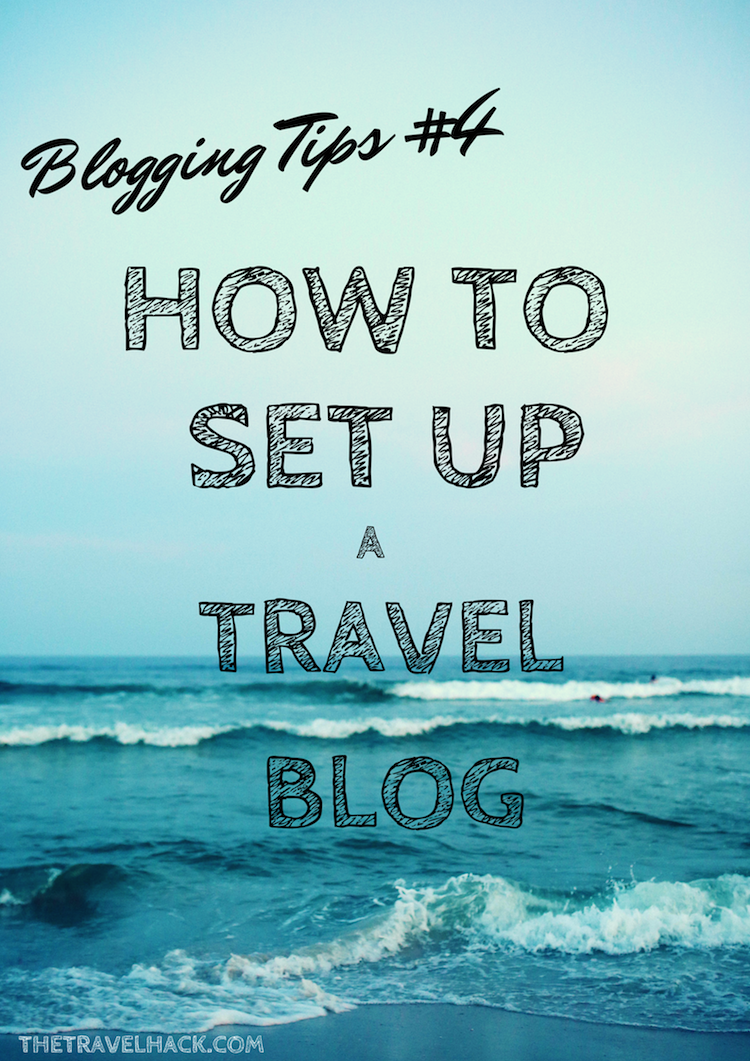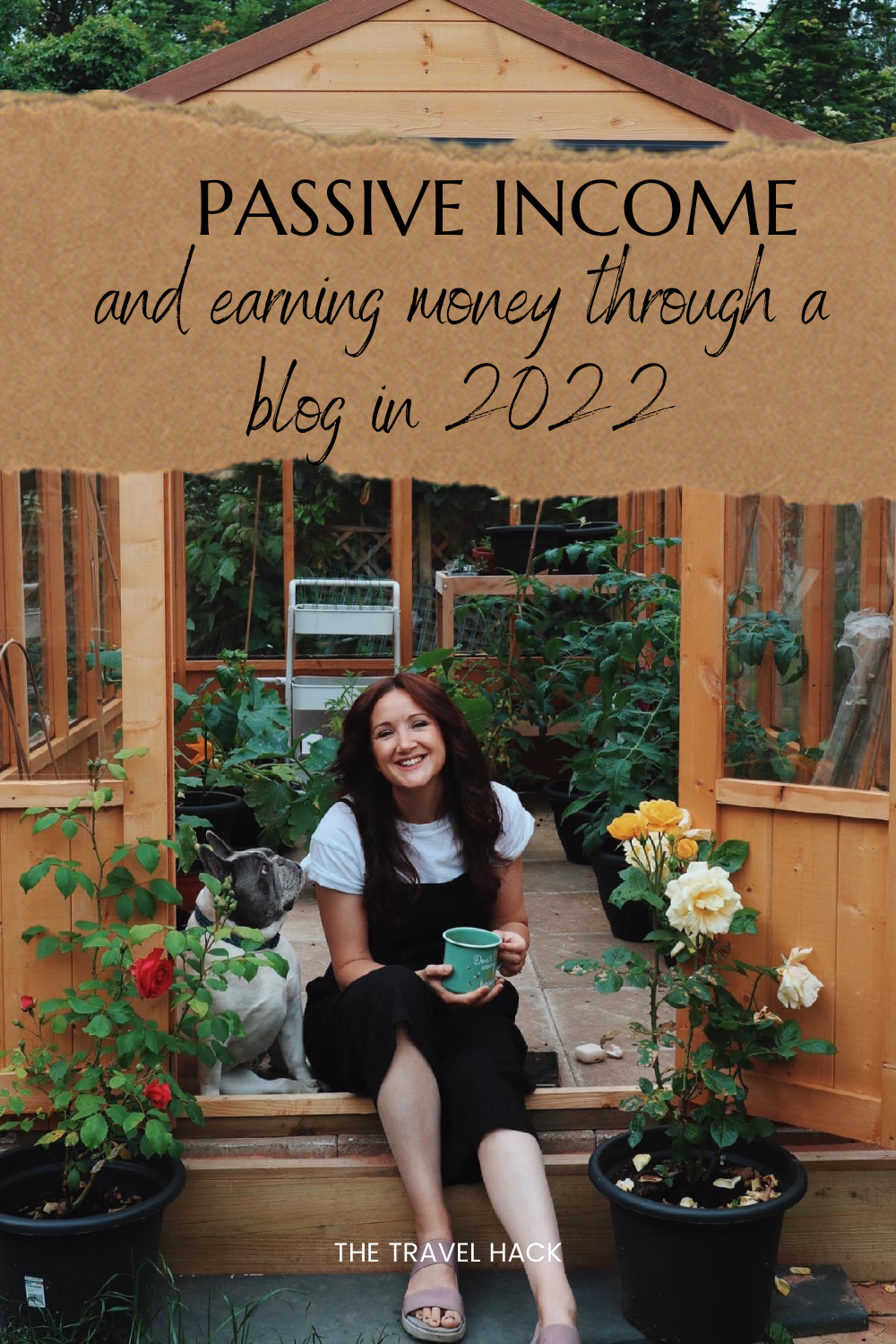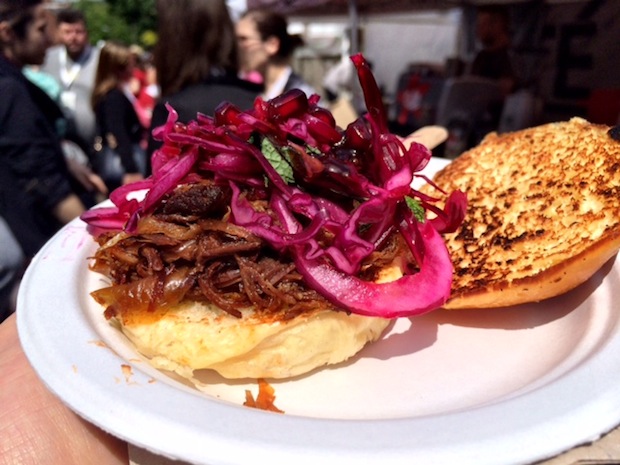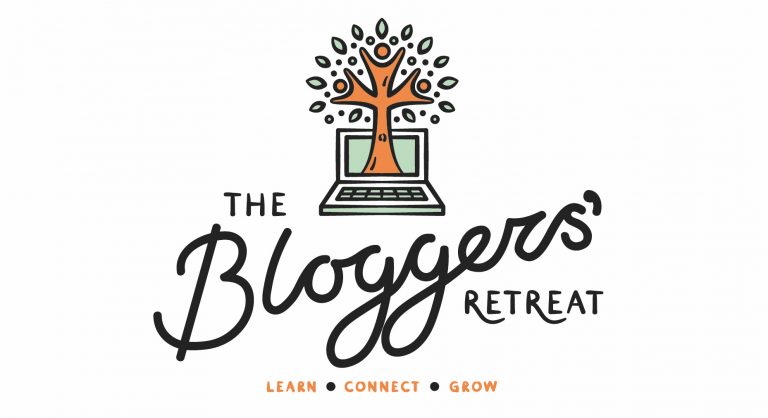Over the past two weeks I’ve been sharing tips on travel blogging and explaining why I think everyone should have a travel blog. I’ve now received a few emails asking how you actually set up a blog so I’ve decided to go back to basics and share the first few technical steps on how to start a blog.
I want to point out that I’m no expert when it comes to techy things like setting up a blog so if I can do it, anyone can! I wanted to write this from a non-techy point of view to show that it doesn’t need to be too complicated and you can simplify the whole process.
If you aren’t naturally techy then setting up a blog can be a tricky process. You can pay to have someone create your blog for you but I’d recommend doing it yourself. Not only will you save money but you’ll have a great sense of achievement when you realise you can do it. (Honestly, you will be able to!) And you’ll also know how to fix any problems in the future without having to pay your designer to do it for you every time.
Take it step by step as you set up your blog and don’t try to do it all at once.
1. Choose a name
Your blog name is really important but I also think it’s important to not dwell on it for too long. Some people never start a blog because they can’t pick a name. You need something memorable but interesting and unique without being obscure.
Personally, I think it’s better to go for a simple name rather than something clever. Simple names are memorable and great if you have a global audience. If you try and make it too clever then there’s a chance it will be lost in translation.
Here are some great tips on How to choose a domain name.
Once you’ve chosen a name make sure it’s available on social media channels too. I wanted to call my blog TravelHack.com but this was already taken on Twitter so I put ‘The’ in front of it so that my website and social media channels were aligned. You’ll also need to keep the name short enough to use it as your Twitter handle.
You can use 123-reg.co.uk to purchase your chosen domain name. I bought my domain name through my host (more on hosting below). It was slightly more expensive but it meant I didn’t need to faff with transferring the domain. Transferring a domain is actually really easy but for the sake of £1.50 it’s easier to buy it through your host.
2. What platform?
Most people begin blogging on sites like Blogger, tumblr or hosted WordPress. I started on Blogger and it was really simple. These websites are easy and free to use and they’re a great introduction for your first few months/year of blogging.
These platforms may be simple to use but they’re also restrictive. It’s difficult to ad adverts and custom designs and when bloggers want more flexibility and control over their website they move over to self-hosted WordPress.
If you aren’t sure what I’m talking about take a look at this: WordPress.org Vs WordPress.com
Basically, when you use WordPress.org you have full control over your website but you do need to pay hosting fees. When you use WordPress.com, your website isn’t entirely your own and there are limitations to what you can do. I use WordPress.com and you can see that I have my own theme and have the option to add advertising if I want.
Moving over from hosted to self-hosted is a bit of a faff so you may decide to go hosted from the very beginning to make things easier.
I’d recommend using self-hosted WordPress.com from the beginning, especially if you know you want a professional looking site. If you think your blog will be a hobby for your friends and family to read then WordPress.com will be enough.
3. Which host?
There are lots of different hosts out there to choose from. Bluehost is a great one as it’s affordable and reliable. I started with Hostgator and was pleased with them for years. There’s a list of popular web host for beginners here.
4. Choosing a theme
A blog theme is basically the design of your site. You can pay a designer hundreds and hundreds of pounds to design you a unique theme or you could pay about $25 for a pre-designed theme.
There are thousands of themes to choose from but look out for ones that are easy to navigate and customize.
Take a look at ThemeForest for loads of options.
Another little trick I like to do is use a website call Whatwpthemeisthat.com. Not the catchiest domain name but you can put any website into the search box and if it’s on WordPress it can tell you what theme they use.
If you come across a website that you love the design of, check out what theme it is. I wouldn’t recommend copying websites in the same niche as you or competitor sites but I don’t see any harm if they’re unlikely to discover your website. I like to use fashion blogs for inspiration as they usually have great designs.
5. Logo and banner design
If you’d like a professional looking logo and you’re unable to do it yourself then you’ll want to get one designed.
My favourite place to find designers is Etsy, a site that sells handmade products. You can find hundreds of designers on here and can either get a unique logo or buy a pre-made one for as little as $10. You could also ask a designer to meet you in the middle and personalize a pre-made logo.
6. Plugins
Plugins are all the little extras you need for your blog. You begin with a base package but you need to add plugins to help it function properly.
Some plugins I recommend using are:
- All in One SEO Pack – This plugin helps you get your SEO right
- BackWpup – Backup your site in case you’re hacked
- Captcha – Stops spam comments
- CommentLuv – Give people a link back to their blog when they leave a comment
- Digg Digg – Social sharing buttons
- About Me 3000 – The first thing people want to know when they land on a blog is who is writing it. Provide a little ‘About me’ box on the homepage so they can find this quickly and easily.
7. Make it easy to follow
If you want readers to keep coming back to your blog then add follow buttons in an easy to find place (don’t hide them at the bottom!)
You’ll need buttons for all your social channels and an email subscription box on your homepage.
You don’t need to write a weekly or monthly email, you can use something like Feedburner which automatically emails people when you publish a new post.
8. Set up Google Analytics
There are lots of ways to track the readers and performance of your blog but Google Analytics is the best. You’ll need to put a tracking code in your website and link your site to your Google account. You’ll then be able to see how many views you receive, what your audience are reading, where they’re coming from, how long they stay for and which pages make them leave.
Analysing your traffic will make you a better blogger because you’ll be able to understand what your audience enjoy reading.
9. Editorial calendar
One of the key things for growing your blog is to blog regularly. The more quality content you post the more traffic you’ll get so post as often as you can. It’s best to keep an editorial calendar to plan your posts in advance. This helps you get organized and start thinking about what you’ll be writing.
10. Follow other blogs
When you’re a blogger you’re part of a community so make sure you network with other bloggers. There are lots of blogger groups on Facebook and networking events you can go to. Chat to other bloggers as much as you can, share their posts and use them for inspiration.
Take a look at my Top Travel Bloggers to Follow in 2014.
Check out my other posts on blogging and if you have any questions, leave them in the comments below.








Great little post that will hopefully help lots of inspiring travellers to document and share their travels with the world 🙂
Thanks Adam. I’m hoping it will inspire others too!
Hi Monica, I just wanted to thank you for this post and others like it which provide advice to newbies, like me 🙂
I set up my travel blog only a few weeks ago and without helpful tips and articles from fellow bloggers it would have been a much more difficult process. It’s really encouraging to be reminded that established blogs were newbies too at one point and are happy and willing to help others get started.
Thanks again for sharing the love!
Hi Lisa! No problem at all. I’m the same. If it wasn’t for other bloggers sharing tips and advice and techy bloggers posting videos on YouTube then I’d be totally stuck and probably still sat in my bedroom writing in a diary!
Lots of useful info for us n00bs, thanks!
No problem Amy!
I built my travel blog on self hosted wordpress and taught myself to use it through trial and error and reading on internet forums. Now I just need to find more time to write articles!
Haha, I know, that’s the problem isn’t it. I love changing my site design and I find myself spending more time on themes then I do writing sometimes!
Such good tips Mon! Where were you whenI was moving from tumblr to WordPress all those years ago! lol x
Ha, I think I was struggling with the move from Blogger to WordPress and watching video after video on YouTube trying to figure out how to do it.
Valuable tips. I didn’t know much about the plug-ins.
The good thing with plug-ins is that you can download them pretty easily and then delete them again if you don’t need them/don’t use them or if they interfere with your site. You’ll find that some plugins don’t agree with your theme or don’t go well with other plugins so if you have a problem, always check your plug-ins first because they’re often the problem.
Great tips! I hope to be able to put a few of them into practice. I’ve been blogging at the same host for 3 years but only just registered a domain & am having a lovely little tussle trying to link it all up… but whoa the accomplishment I’ll feel in the end will be amazing!
So true. I hate it at the time but once I’ve done anything even remotely techy it feels great!
Great tips! I wish I’d had your advice when I set out. It was like stumbling blind, and I’m still learning! 🙂
Same here. My inner geek kind of loves that though. There’s always something new to learn with blogging. Thank god for the massive tech geeks on YouTube or I’d be totally lost!
Great post! We’ve been following your tips on travel blogging and find them super helpful.
I’m so pleased you find them useful! There’s lots more to come over the next few weeks too 🙂
I like to travel and already visited 3 wonder of the world. I have a plan to make a travel blog. This article makes me a lot of sense. Thank you.
Appreciating the persistence you put into your website and in depth information you provide.
It’s awesome to come across a blog every once in
a while that isn’t the same outdated rehashed information.
Great read! I’ve bookmarked your site and I’m including your RSS feeds to my
Google account.
Also visit my web page; Tastefully Simple
Great stuff! I’ve been fumbling around putting my blog together and decided to buy an eBook to learn how to do it, in the first chapter was a link to “The Travel Hack” and here’s the information I’ve been looking for right here!
I’m glad I found you, sorry I didn’t find you sooner and can’t wait to absorb more of your content. Thanks for writing this article you’ve saved me so much time and probably money.
Best wishes
Rob
Hi Monica thanks so much for the advice. I just have a couple of questions:
1) How do you add social media buttons? I have tried to find info online about this but can’t seem to find anything helpful
2) In regard to people commenting on posts, I just use the basic WordPress comment option that came with my theme – Would you advise to use something else such as disqus?
I’m just starting out with a WordPress hosted site.
Thanks so much!
Hi Monica, I’ve been following your blog for some time now and would just like to thank you for the inspiration you gave me to start writing my own. I think your work is amazing and you’re clearly one of the travel bloggers I look up to.
Best wishes,
Ana aka. The Travel Corner
Hi Ana,
Thank you so much for your comment. That’s so sweet and I’m so glad you’ve started writing your own blog. I’m going to check it out now!
Happy travels 🙂
great post and lovely blog, thanks for tips http://thewanderlusthasgotme.blogspot.co.uk/2014/07/a-year-at-home.html
Hi there, you mention above you moved from blogger to wordpress.com which allows advertising. Do you mean wordpress.org? I’m tossing up between .com and .org at the moment and it seems (apart from hosting and back ups) like one of the major differences. I thought there was no external advertising allowed on wordpress.com? Just want to make the right decision!
thanks in advance.
Hey Steph, yes I’m with WordPress.org and that’s the one you want to be with if you want to self host and have full control over your site and allow whichever advertising you want.
WordPress.com does have some advertising options but I’m not sure if you have any/much control over it.
I hope that helps!
Thanks for the tips, Monica! Already signed up for Google Analytics because of this post.
Great post. I found a lot of helpful tips here. Very useful for newbie like me. Thanks so much
Hi Monica, These tips are really useful – we’ve just set up a blog on travel as well and these were definitely helpful in making sure we have everything set up as we should! Love the posts you have! x
I have been blogging since 2009, but in 2014 I just couldn’t do it. how can I constantly write even in bad mood?
Sometimes writing about being in a bad mood can help!
I have also setup my travel blog and the new thing is that my travel blog is now getting search clicks on some keywords. Thanks for helping me.